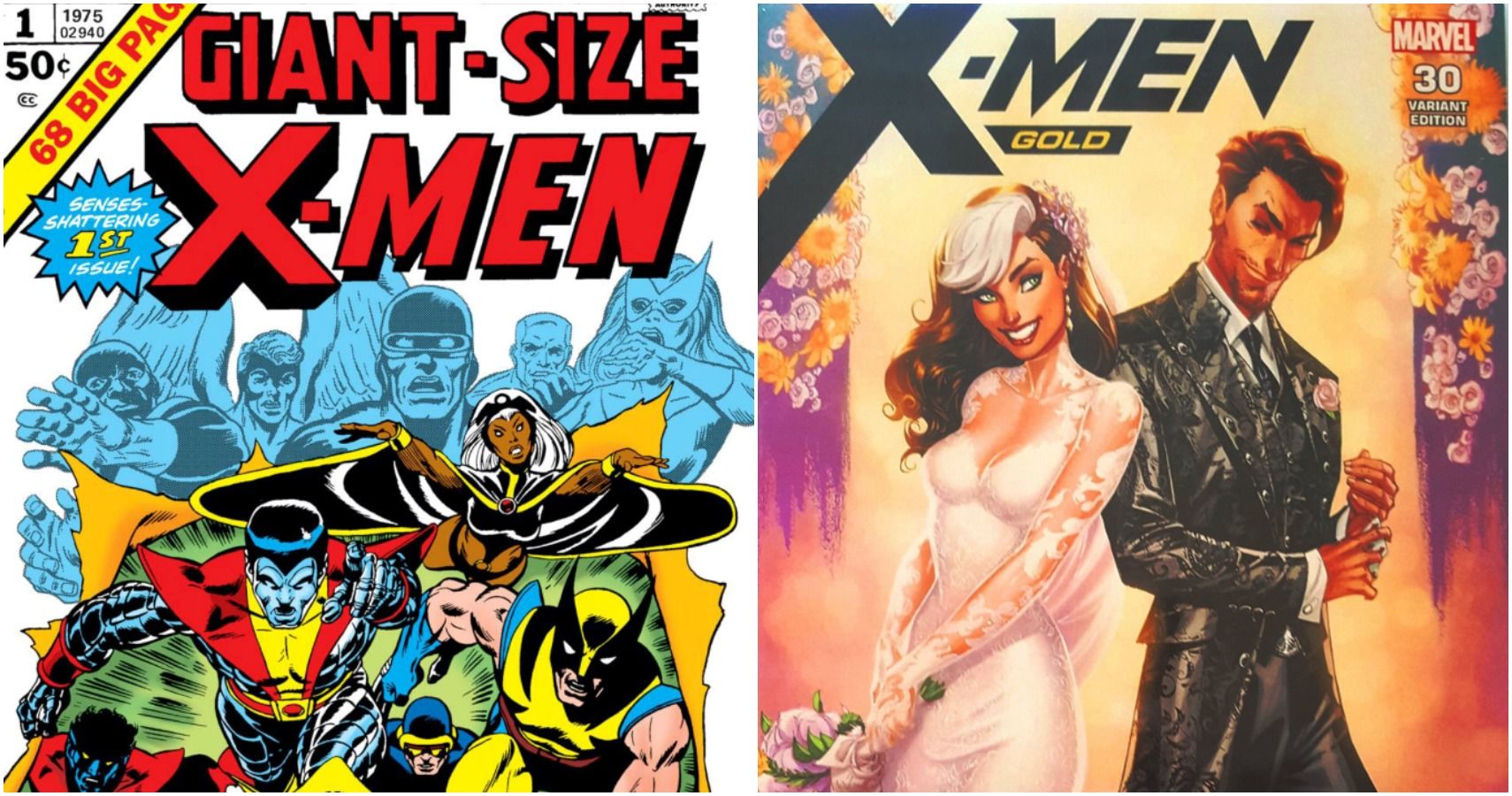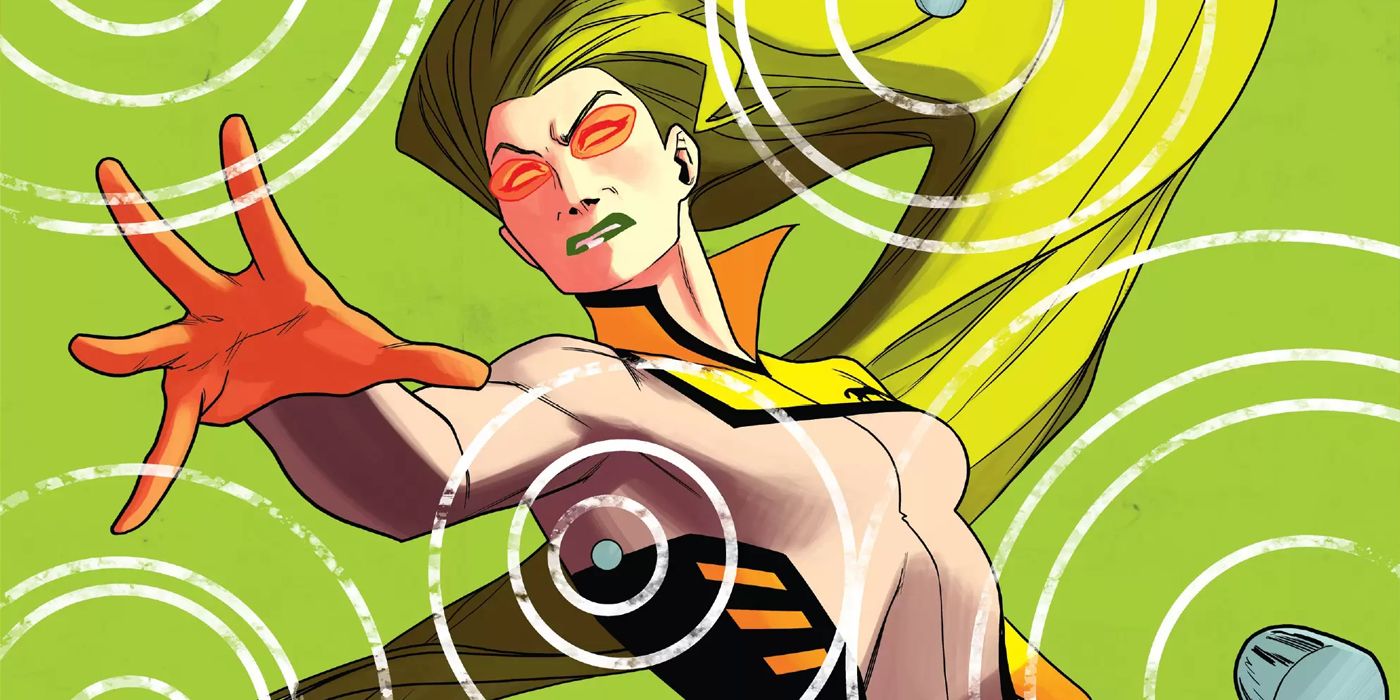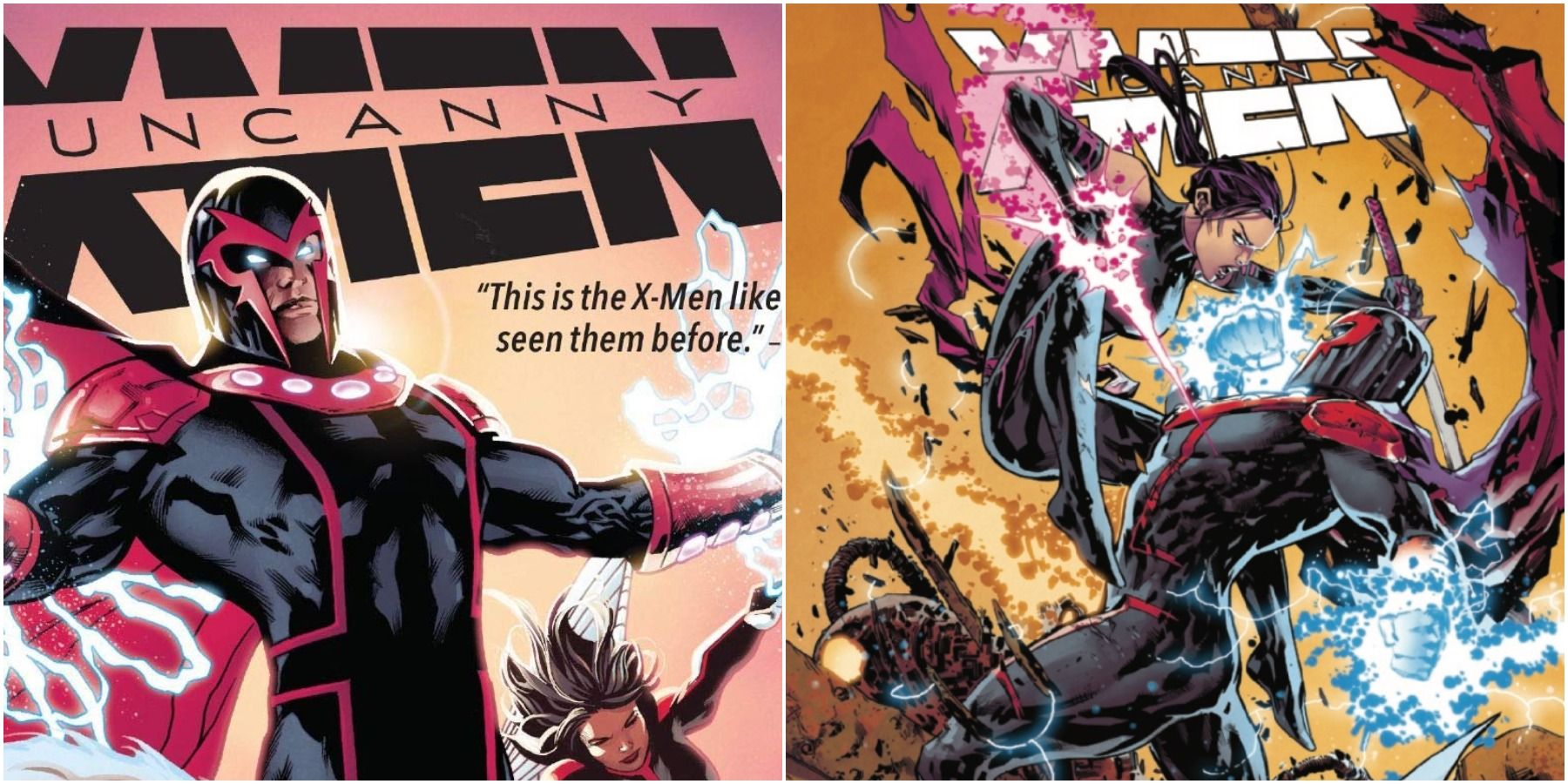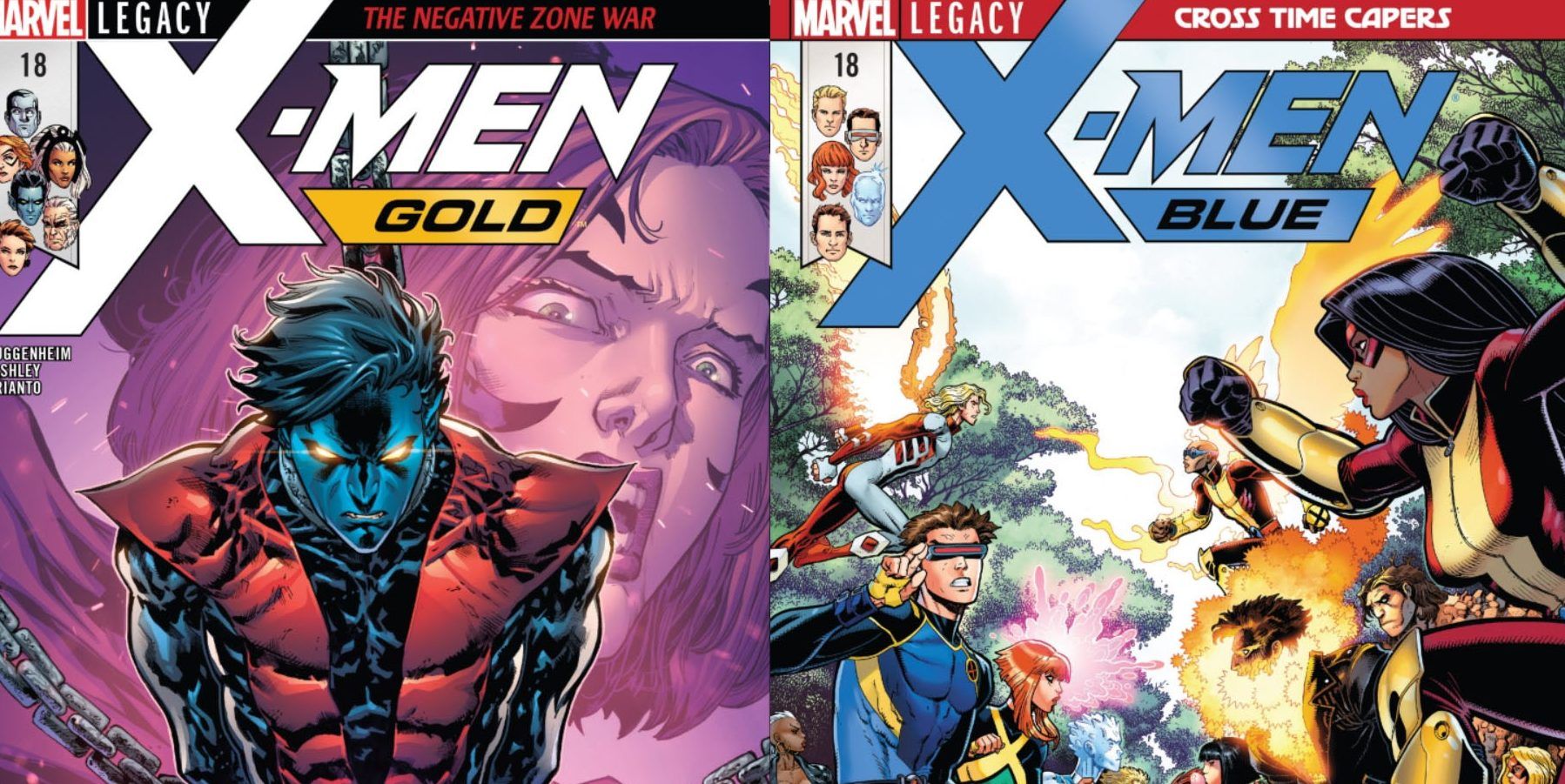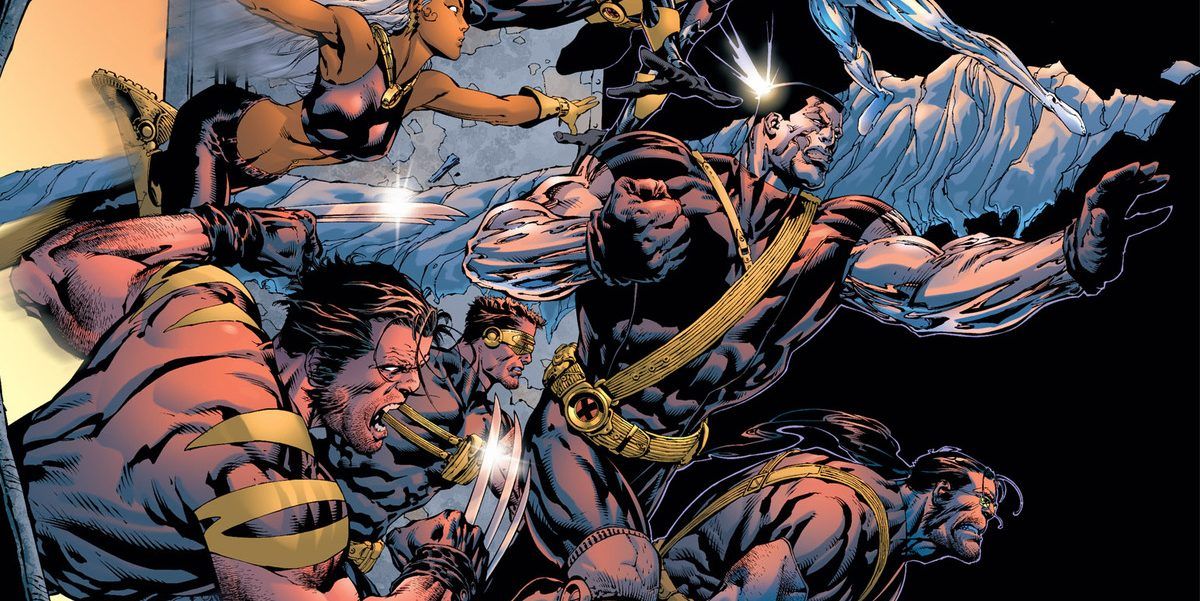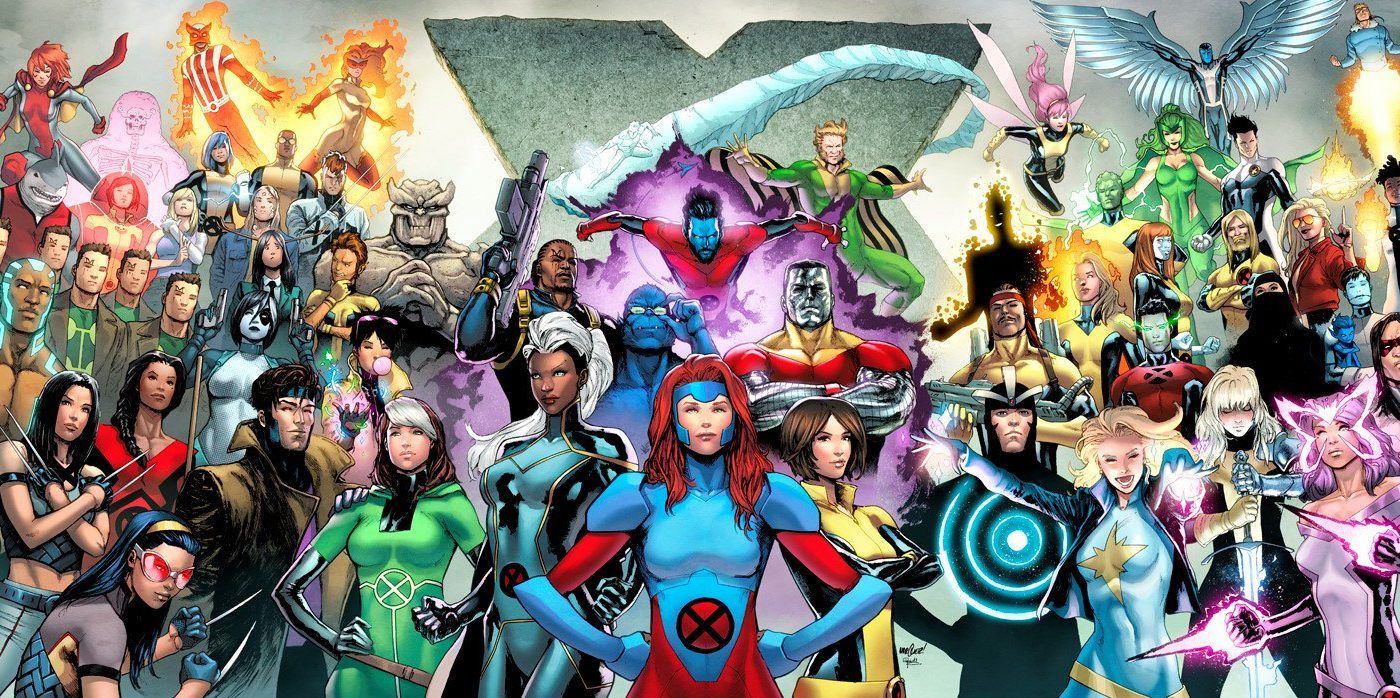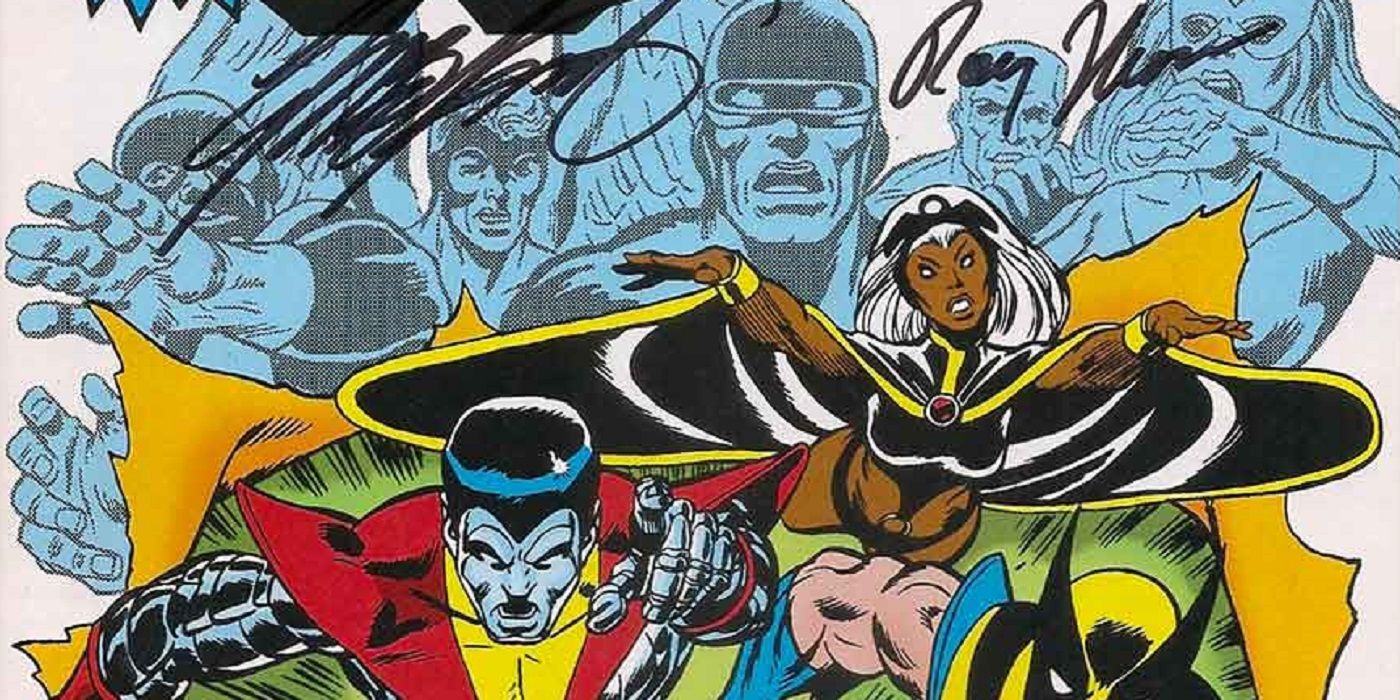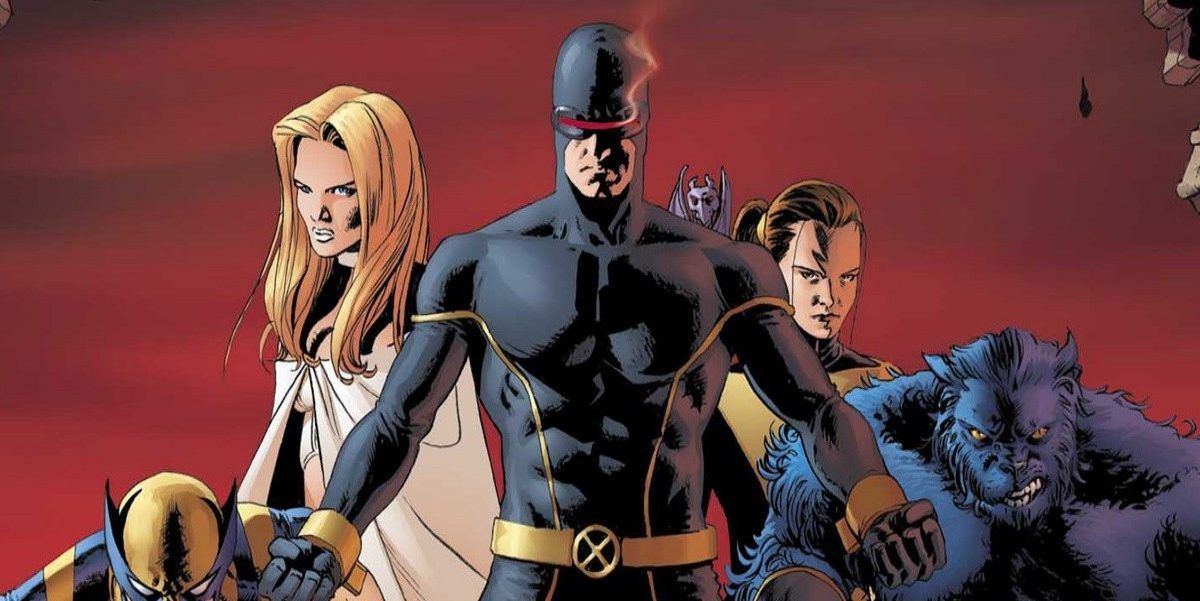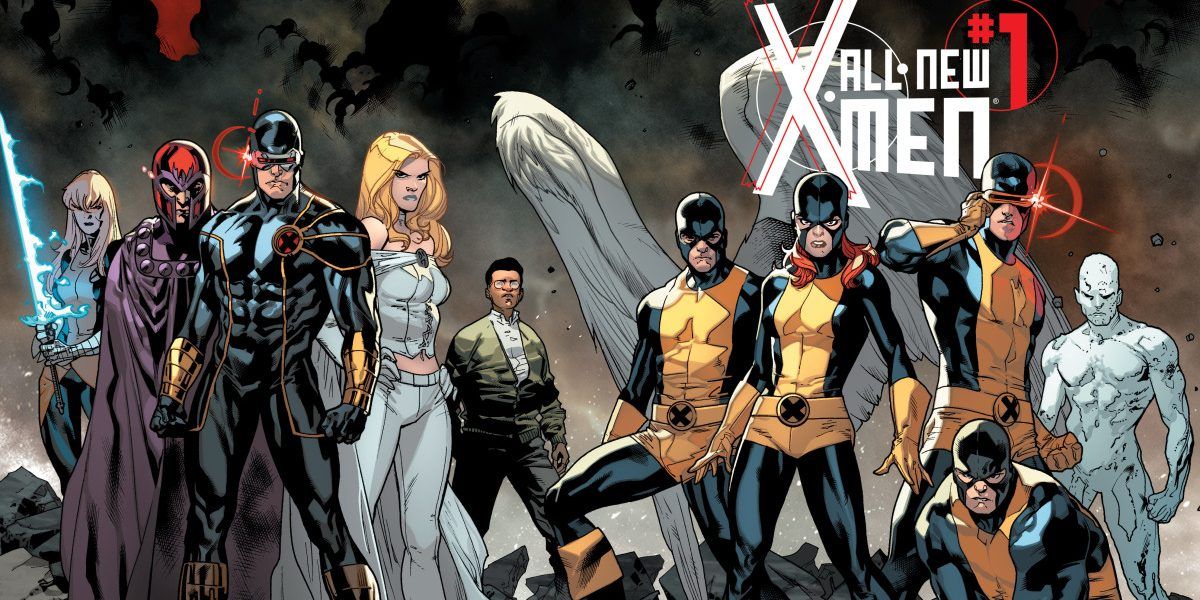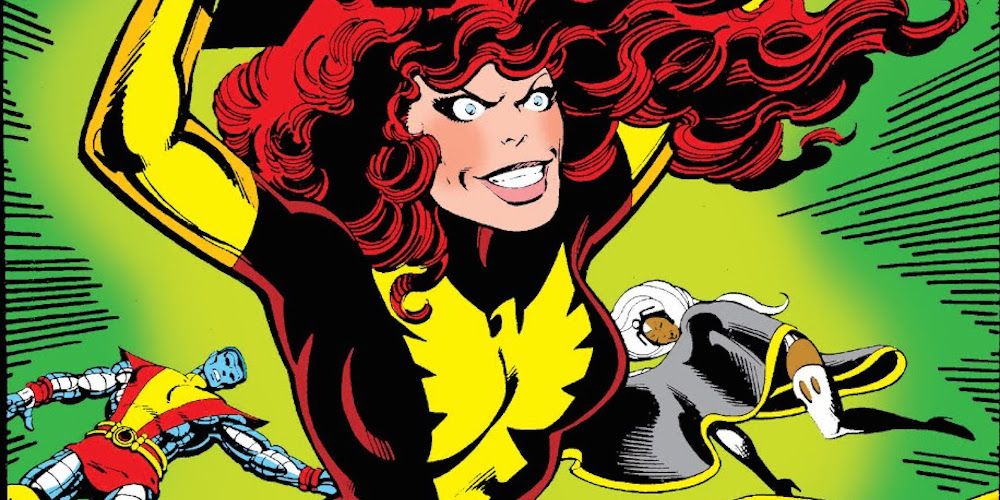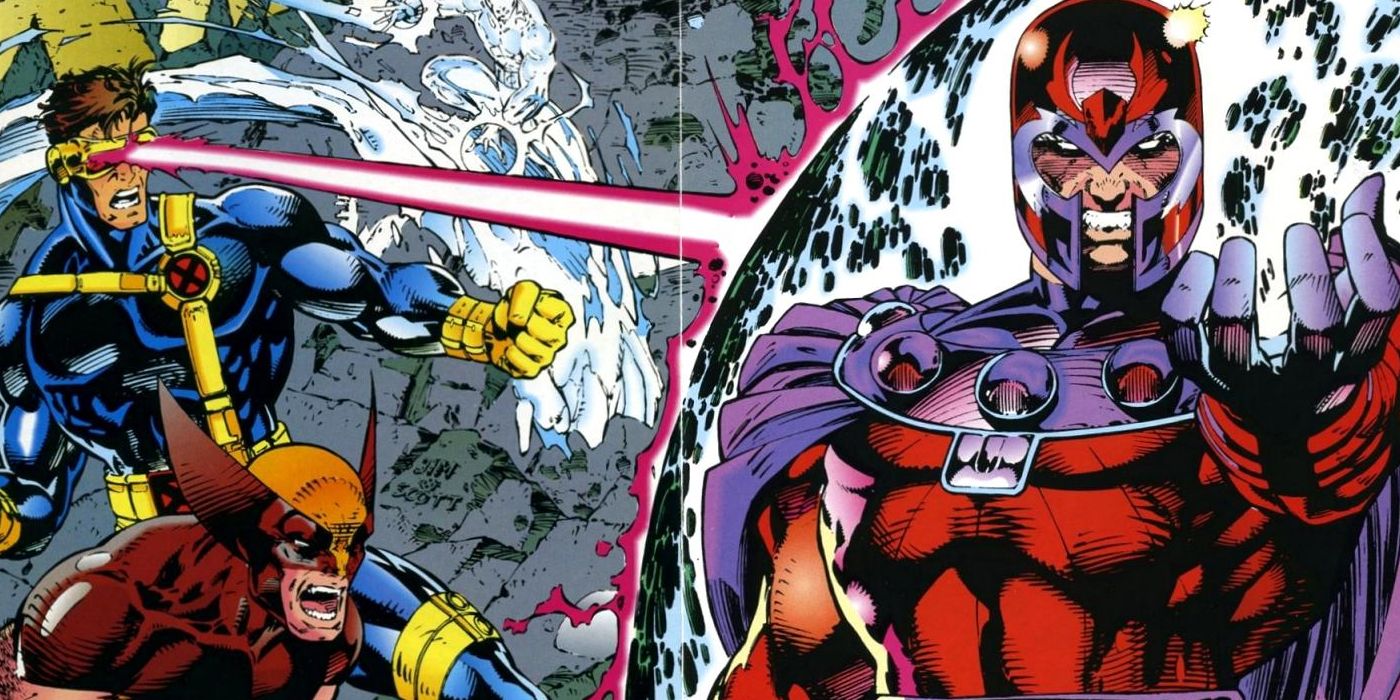Recently, Marvel Comics has announced that superstar writer Jonathan Hickman (Fantastic Four, Secret Wars) will be returning to the publisher to take over the X-Men titles. Hickman’s run launches with House of X and Powers of X, both of which are miniseries that will lead up to the relaunch of Uncanny X-Men as well as various other X titles.
Many fans are also looking forward to the relaunch simply because Hickman is one of the most renowned comic book writers in the modern era. However, this relaunch, unfortunately, means that the current run of Uncanny X-Men will be coming to an end. Though the cancellation and relaunch of an X-Men book is nothing new, the current run is still a pretty fresh relaunch that is being well-received by fans. To prepare for Hickman’s upcoming X-Men saga, here is our list of 5 successful X-Men reboots, and 5 that didn’t quite make the cut.
10 10. Fell Flat: All-New X-Factor (2014)
Many fans may not have even heard of 2014’s X-Factor relaunch. Peter David’s story (while actually very intriguing and well written), followed Polaris, Quicksilver, Gambit and others as they underwent secret missions for Serval Industries. While the series itself had some interesting characters and relationships, it didn’t do anything to make itself stand out from any other X book on the shelves. Not only did the series not stand out, but it also did very little with the other X-Men titles. The only time All-New X-Factor ever saw a crossover was for three issues during the Axis storyline.
While it is nice to not have the series drug down by crossovers and hold a mostly consistent lineup, it rarely feels like it is a part of the Marvel Universe. Furthermore, much of the plot felt very flat and typical. There are traitors on the team, mistrust among members, and mysterious corporate leaders. If you are fans of the characters, then you may enjoy seeing how certain relationships evolve, but the series fails to capture the same excitement that came with the launch of the original X-Factor. All-New X-Factor only made it to twenty issues before ending.
9 9. Fell Flat: Uncanny X-Men (2016)
Following Brian Michael Bendis’ extensive run on the X-Men, author Cullen Bunn took the reigns for the main series in 2016. Unfortunately for him, the X-Men felt as if they were on the backburner for Marvel. During this time, there was a big push to focus on Marvel’s Inhumans meaning the X-Men got pushed out of the spotlight.
To put it simply, there just isn’t anything too memorable from this era of X. Bunn’s Uncanny series ran alongside a newly relaunched All-New X-Men and Extraordinary X-Men. However, like with their Uncanny counterpart, neither of these series really made their mark in X-Men history. These three series were also weighed down by an abundance of crossover and event tie-ins. Each series only went to twenty issues again with each featuring five to six issue of crossover events. Considering that almost half of each run is part of a crossover or event, it is no wonder that the series really failed to find their place.
8 8. Fell Flat: Blue and Gold (2017)
Immediately following the IVX event that pit the Inhumans against the X-Men, Marvel once again relaunched, this time to focus solely on two major X books. X-Men: Blue was essentially All-New X-Men all over again, as it continued to follow the time-displaced original five members. Blue saw the team struggle with grey areas in morality and even cautiously team up with Magneto. X-Men: Gold, on the other hand, saw Kitty Pryde take the mantle of Headmistress as the school ends up in the middle of Central Park. Gold felt like an attempt to tap into some of what made the 90’s X-Men stories so popular and featured a constantly rotating lineup.
X-Men: Red would eventually join the mix later on, but it would also end due to the company’s change in plan for mutant characters. However, both series were doomed from the start as the Blue team had to go home at some point and Gold saw controversy upon the release of its first issue. Furthermore, Gold and Marvel Comics were also mildly criticized for swapping Kitty and Colossus’ wedding for Rogue and Gambit. Both Blue and Gold would end to make way for the newest relaunch of Uncanny X-Men after 36 issues.
7 7. Fell Flat: Ultimate X-Men (2000)
While Ultimate X-Men was eventually able to save itself as a series, it launched with some very mixed reception. Early on in the series, some controversial creative decisions were made featuring Logan having sex with a barely-legal Jean Grey and implied twincest between Scarlet Witch and Quicksilver.
Unlike the wildly successful Ultimate Spider-Man, Ultimate X-Men also underwent various creative changes throughout the course of the run leading to some inconsistencies and varying quality. Though the series was able to save itself and survive long enough to be relaunched as Ultimate Comics: Ultimate X-Men, the missteps made right out of the gate could have easily ended the series right then and there.
6 6. Fell Flat Uncanny X-Men (2018)
Following X-Men: Blue and Gold, Uncanny X-Men was brought back with Jean Grey acting as the leader of the team. The series was on a weekly release schedule up until issue ten and has been on a bi-monthly release since. The first ten issues are all part of the X-Men: Disassembled storyline which was well received by audiences.
Since then, characters like Wolverine and Cyclops have returned to the series and have resumed activities with the team. Though the series has felt like a step in the right direction thus far, it will still be one of the shorter-lived X-Men runs. Though it is only getting canceled due to Hickman’s plan for the mutants, the current run of Uncanny X-Men will end at issue #22, only 2 issues more than its predecessor.
5 5. Actually Worked: Giant-Size X-Men (1975)
The year 1975 saw the release of likely the most important milestone for X-Men comics with Giant-Size X-Men 1. This issue alone signaled a major shift in tone for X-Men comics and would also pave the way for Chris Claremont’s run. Giant-Size X-Men was so successful in part, due to the introduction of Wolverine to the team. Up until this point, Wolverine hadn’t appeared as an official member of the X-Men. Nowadays, it’s hard not to associate him as a member.
The issue is also famous for introducing characters like Storm, Nightcrawler, and Colossus as well. The success of Giant-Size X-Men 1 is what led to the popularization of the characters and signaled a more mature shift in the comics. With such a strong start to the series, it is easy to see how the X-Men became the staple in comics that they are today.
4 4. Actually Worked: Astonishing X-Men (2004)
Following the end of Buffy the Vampire Slayer, showrunner Joss Whedon (Avengers, Cabin in the Woods) began his run on Astonishing X-Men at Marvel Comics. Whedon started with a very strong and consistent lineup for the teams that were maintained throughout his 24 issue run.
He also focused heavily on Kitty Pryde which led for some of the run’s more compelling characterizations. Whedon also told a coherent story that built on itself for 2 years before culminating to an epic finale. The series also never felt watered down by crossovers or events, yet still established itself well within continuity. Astonishing X-Men proved to be so successful that it ran for a total of 68 issues, long after Whedon had left. Even without Whedon, the series continued to offer exciting twists and groundbreaking moments.
3 3. Actually Worked: Bendis on X-Men (2012)
After the events of Marvel’s Avengers vs X-Men, the X-Men themselves remained divided. Some remained with Wolverine at the Xavier Institute while some followed Cyclops as he was essentially the new Magneto. At this point, Bendis would come to introduce the All-New X-Men who, as stated previously, were the original five members.
However, Bendis also wrote the new Uncanny X-Men series which, at the time, followed the present day Cyclops as he continued his fight to save Mutantkind. Bendis really excels at capturing the voices and opposing viewpoints associated with both teams. The interactions of the young and old Cyclops make for some very intriguing parallels and offer commentary on the “gray” of every problem. Both series also crossover at appropriate times and still have their own individual stories and moments.
2 2. Actually Worked: Chris Claremont on X-Men (1975-1991)
No one has left as grand an impact on the X-Men as Chris Claremont. To this day, the films are still trying to adapt some of his stories. Claremont breathed new life into the characters and focused on some more mature, real-world themes. Claremont first came aboard shortly after the release of Giant Size X-Men 1.
Although, it wasn’t until his story God Loves, Man Kills, where parallels with mutants and racism came about. He also made Jean Grey a much more developed character and scripted the Dark Phoenix Saga. Claremont really focused on the human struggles faced by the X-Men despite the fact that they aren’t human. His ideas and characters would come to lay the groundwork for all X books that came after.
1 1. Actually Worked: X-Men (1991)
To this day, no single comic book issue has sold more copies than X-Men #1 by Chris Claremont and Jim Lee. This reboot of the X-Men would be so popular that it would spawn an absurd number of new series and new characters. However, with a superstar writer and artist at the reigns, it is no wonder that this reboot became as successful as it was.
The series itself focused on a much larger cast along with an ever-rotating roster. Though it was so successful, it also led to a lot of continuity problems. Furthermore, the industry began releasing several variant covers for each issue and flooding the market. While the main run proved to be very fun and entertaining, X-Men #1 ultimately proved to bring about problems from its success.
Next: Jonathan Hickman Explains House of X & Powers of X Story Details

